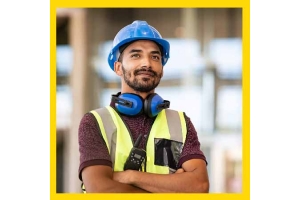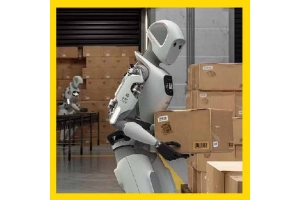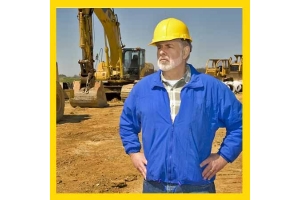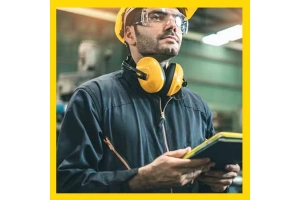Currency
February 28, 2022
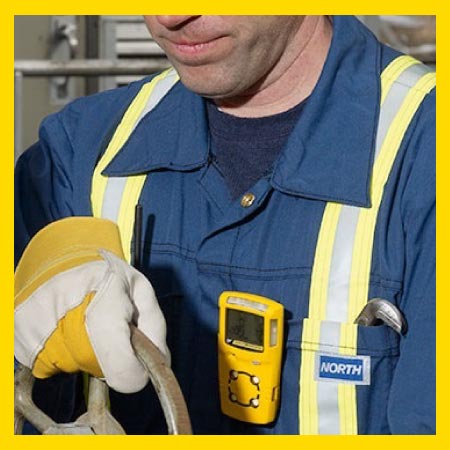
In the year 2019/20 there were 201 non-fatal incidents relating to exposure to harmful gases. More concerning is the fact that there were eight deaths, making it clear that gases in occupational settings are a serious hazard which need to be managed. It is clear that some gases are dangerous, but we need to understand how to detect these gases to protect workforces and people who may interact with services or products which use or generate various gases.
In the construction industry, gases pose a variety of risks, mostly due to their source. These gases could be naturally occurring, which are found trapped in the ground, or they could be used for certain processes or certain trades to carry out tasks effectively. Understanding where gases come from, and how they can be detected, is key for the construction industry to protect its workers. This becomes especially relevant where there is work involving confined spaces, enclosed areas or in specific areas, as there is no quick means of escape for workers.
Encountering gases in the construction industry is something which has become part and parcel of everyday life on site, especially where working in confined spaces, which means that workers can easily become desensitised to the controls which are put into place. It is therefore more important than ever to ensure that controls are as easy to use as possible. Long gone are the days of keeping a canary in a cage, now there are a whole plethora of options which construction companies can make use of to detect and deal with gas.
These gases need to be detected at the earliest possible opportunity to protect workers. Below we explore the ways that gas detection takes place in the construction industry.
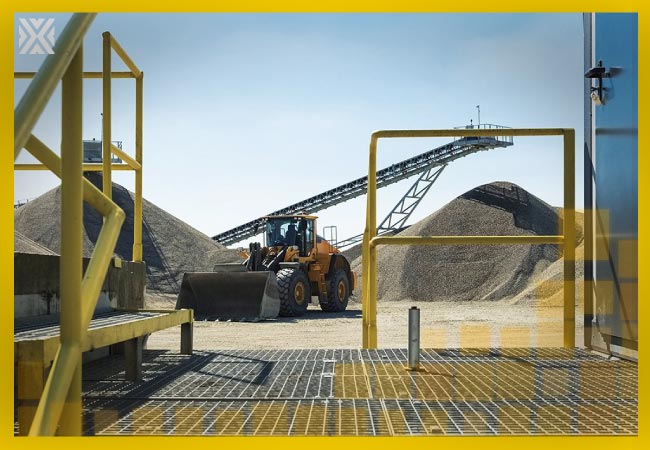
The Pre-Construction Phase
Gas detection should not be left until the construction phase before it is thought about. As part of the Construction (Design and Management) Regulations 2015, the Principal Designer (the appointed duty holder in control of the pre-construction phase) must give consideration to hazards which will become apparent before, during, and after the construction phase. This is a key part of the process of construction work and is a part which is largely overlooked or given the due care and attention it needs.
A good Principal Designer will be able to apply the requirements of CDM15 (as well as other health and safety legislation) to a project. Specifically in relation to gas detection, the Principal Designer must take reasonable steps to identify these gases early on and pass this information on to the Principal Contractor. This flow of information forms a vital link in the safe management of the construction project, and this pre-construction information will help to inform the Principal Contractor of the hazards that their workforce are likely to encounter, enabling them to properly control these hazards and record this in their Construction Phase Plan.
Ground Gas Detection
Working on or near to brownfield sites, mines, or land where degradable materials have been disposed of, can be an indicator of increased levels of methane and carbon dioxide in the ground. Where an initial survey detects high levels of these gases, bore holes will be dug and backfilled with granular material. Gas taps are installed and then sealed with bentonite (a kind of absorbent clay formed by a breakdown of volcanic ash) which allow for ground monitoring. It is from these taps that the gas monitors can then be used to detect the presence of gases. Readings must be taken carefully however, as they can be affected by weather conditions. The monitoring should be carried out during periods of low and falling barometric pressure. This information can then help to inform the risk posed to construction activity on those sites. Where potential gas is identified, there should be a minimum of three wells/taps put into place, which should have three separate visits for readings. Where these readings record gases in any kind of quantity, further monitoring should be carried out. Deep excavation work, or work in other confined spaces may need to be modified to ensure the safety of those involved. This information should then be taken by the Principal Designer and work processes should be reviewed to ensure their safety. This information, along with the ground gas readings, should then be passed on to the Principal Contractor.
Buried Services
Sticking with the pre-construction phase, as part of the planning works for a project, the location of buried services must be considered. Groundworkers need to be given the location of the service as well as its depth. This information is essential to understanding where the services are in order to put a plan into place to carry out the work safely. As with the above, this information must be passed on to the Principal Contractor to allow them to plan their work safely and put the necessary steps into place to detect gases should they be released. This is particularly important where any amount of excavation is required, but should also be considered for all construction activity as a matter of course.
Any significant weight on top of a buried service could cause it to rupture. Furthermore, if a building is placed on top of a buried service and the service ruptures and requires maintenance, gaining access to the service becomes complicated and may require parts of the structure to be removed. From here, the planning of the project must consider these services (including their location and depth) or make plans to divert them. The use of heavy plant, demolition, or earth moving could cause these pipes to become damaged, which may increase the risk of exposure.
The above are steps to be taken before anyone even breaks ground on site and allow for the flow of communication, giving the Principal Contractor the best possible chance of identifying gases and keeping workers safe.
